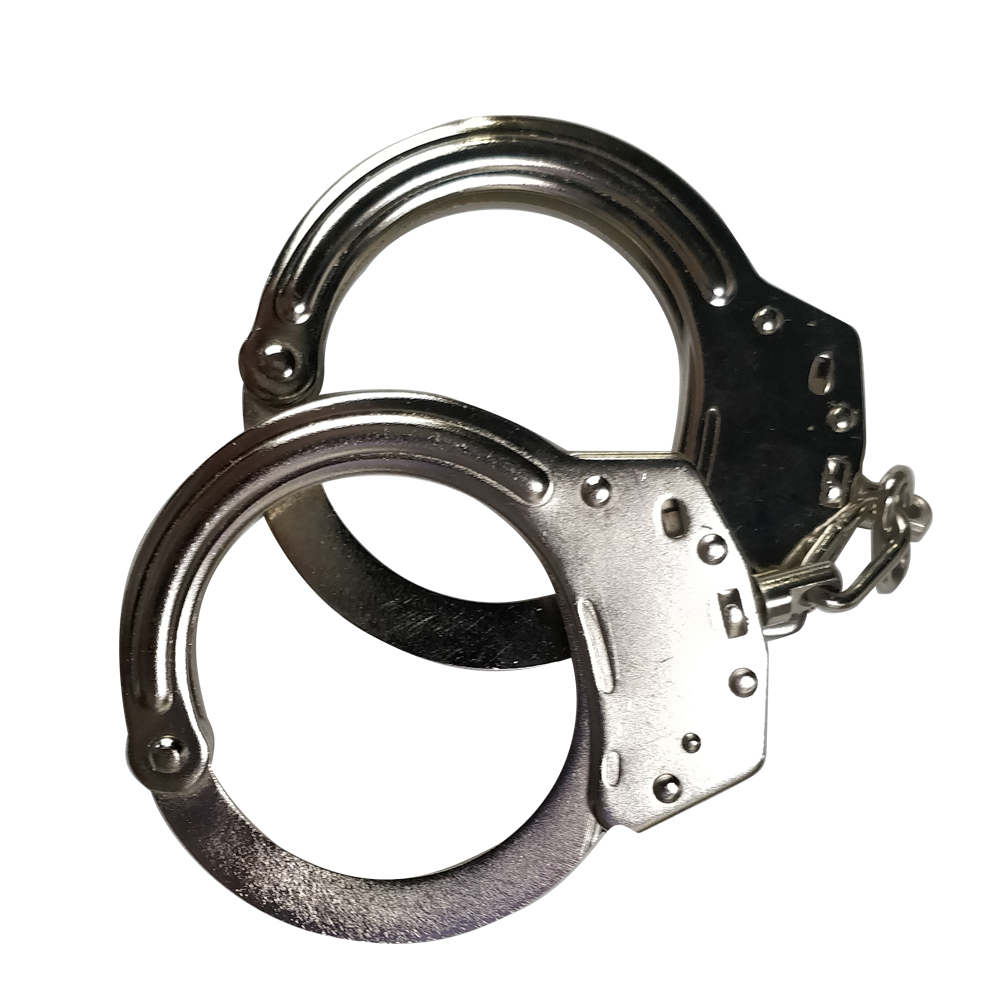Writer: admin Time: 2023-08-12 16:44:57 Browse:
Handcuffs, a widely recognized and essential tool in law enforcement and security, play a crucial role in ensuring public safety and maintaining order. These restraining devices have evolved significantly over time, becoming more sophisticated and reliable. In this article, we will delve into the performance, applications, and material grades of handcuffs, shedding light on the reasons why they surpass their competitors in the market.
The primary function of handcuffs is to securely restrain individuals, preventing them from causing harm to themselves or others. To achieve this, modern handcuffs boast outstanding performance features. Firstly, their locking mechanisms are designed to be robust and tamper-resistant, ensuring that once they are fastened, they remain securely in place until released by authorized personnel. This feature is crucial in high-risk situations, where the safety of both law enforcement officers and detainees is at stake.
Moreover, handcuffs are designed to be comfortable yet restrictive, minimizing any potential injury or discomfort to the person being restrained. The handcuff's inner surface is often lined with soft padding to prevent abrasions and cuts, while the outer shell is constructed from durable materials to withstand heavy usage and wear.
Furthermore, many contemporary handcuffs include double-locking mechanisms, which prevent over-tightening and reduce the risk of circulation-related injuries. This added safety feature ensures that the restraints remain effective without causing unnecessary harm.

Handcuffs find extensive applications beyond law enforcement scenarios. In various industries and professions, they serve as a valuable tool for ensuring safety and security. Some notable applications include:
a) Security and Corrections: Handcuffs are indispensable in correctional facilities, where they are used to safely transport and restrain inmates during daily activities or emergencies. They play a crucial role in maintaining order and preventing potential escapes.
b) Private Security: Private security personnel often utilize handcuffs to detain individuals involved in criminal activities until law enforcement arrives. This application helps safeguard public spaces, events, and private property.
c) Military and Special Forces: In military operations, handcuffs are employed during enemy combatant detentions and prisoner handling. Their reliable performance and ease of use make them essential for the armed forces.
d) Self-defense and Personal Protection: Some individuals opt to carry handcuffs for personal protection, especially in professions where they face potential threats or as part of a safety kit during outdoor activities.
Handcuffs are available in a variety of material grades, with each grade offering specific advantages in terms of durability and strength. The most common material grades are as follows:
a) Stainless Steel: Handcuffs constructed from stainless steel are popular for their high corrosion resistance and exceptional strength. They are ideal for extended outdoor use or humid environments.
b) Carbon Steel: Carbon steel handcuffs strike a balance between strength and cost-effectiveness. They are widely used in law enforcement and security applications due to their reliability and affordability.
c) Titanium: Handcuffs made from titanium are exceptionally lightweight yet durable, making them an excellent choice for officers who require agility and reduced strain during prolonged use.
While various companies manufacture handcuffs, certain brands stand out due to their relentless commitment to innovation and quality. The superiority of these handcuffs can be attributed to the following factors:
a) Extensive Research and Development: Leading manufacturers invest heavily in research and development to continuously improve their handcuff designs. This dedication ensures that the handcuffs stay ahead in terms of technology and functionality.
b) Rigorous Testing and Standards Compliance: Reputable handcuff manufacturers subject their products to rigorous testing, adhering to industry standards and certifications. This commitment to quality ensures that their handcuffs meet or exceed the necessary safety and performance benchmarks.
c) Ergonomic Design: Superior handcuffs are engineered with a strong emphasis on user comfort and ease of use. Enhanced ergonomics reduce the risk of hand fatigue and enhance overall efficiency in high-stress situations.

Handcuffs remain an indispensable tool in law enforcement, security, and various other applications. Their outstanding performance, versatile applications, and varying material grades mak